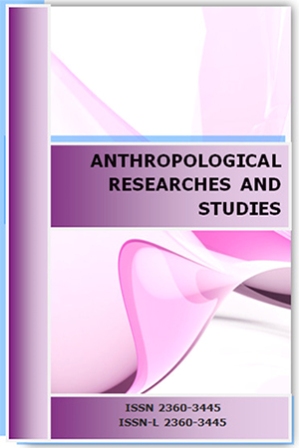EATING DISORDERS AND BODY IMAGE DISTURBANCE AMONG MALES AND FEMALES: FROM THE PERSPECTIVE OF SIX THERAPISTS WITH DIFFERENT THERAPEUTIC ORIENTATION
EATING DISORDERS AND BODY IMAGE DISTURBANCE AMONG MALES AND FEMALES: FROM THE PERSPECTIVE OF SIX THERAPISTS WITH DIFFERENT THERAPEUTIC ORIENTATION
Author(s): Panagiota Tragantzopoulou, Vaitsa GiannouliSubject(s): Gender Studies, Social psychology and group interaction, Developmental Psychology, Clinical psychology, Health and medicine and law
Published by: Institutul de Antropologie ,,Francisc I. Rainer” al Academiei Române
Keywords: body image disturbance (BID); eating disorders (ED); therapeutic orientation; integration;
Summary/Abstract: Objectives. Nowadays, a culture of slimness and flawless outward appearance has been cultivated and individuals are constantly exposed to images of slender females and overly slim, muscular males. The percentage of individuals, both males and females, who struggle with Body Image Disturbance (BID) and therefore Eating Disorders (ED) has grown spectacularly. Although studies about eating disorders are affluent, research exploring counseling clients with body image disturbance and eating disorders is limited. This qualitative study provides a unique perspective of the therapeutic world by enlightening experiences of therapists with different therapeutic orientation when working with clients, both males and females, throughout the disordered eating spectrum. Material and methods. Six experienced therapists from 4 psychotherapeutic orientations (Cognitive-Behavioral Therapy, Person-Centered Therapy, Family/Systemic Therapy and Integrative Therapy) participated in semi-structured interviews which were analyzed through Interpretative Phenomenological Analysis. Results. Interviews provided rich and detailed data highlighting the greater percentage of female cases and problems in the family system as the main underlying factor responsible for eating disorders in both genders. Thought diary, role playing, family involvement and mirror exposure therapy were attributed to personalities and individual characteristics. Bafflement, responsibility, anxiety and anger were the prevailing emotions that therapists presented. Conclusions. Findings depict the complexity of the disorder and the corresponding emotional complexity of the therapeutic work with this specific clientele while they present an internal aspect of the therapeutic world. Independently of their psychotherapeutic orientation, therapists adapt their therapeutic plan on each individual employing interventions from other orientations and forming a flexible and integrative approach. Integration and flexibility are essential for a holistic and comprehensive intervention which can address challenges and benefit both clients and therapists.
Journal: Anthropological Researches and Studies
- Issue Year: 2020
- Issue No: 10
- Page Range: 19-28
- Page Count: 10
- Language: English

